Let’s realize it: As much as we love our cats, it’s not anyone’s idea to deal with a good time! Not only do we need our cats to be happy with the litter, but it must also be relatively trouble -free for us to clean.
If you have decided that you will start using an environmentally friendly cat litter, but you are not sure which kind is best or even how to start switching to a new litter, we have been covered.
In this article, we discuss the different kinds of environmentally friendly cat litter that are available and how to switch to a new one successfully.


What exactly is environmentally friendly cat litter?
If you are concerned about the environment and want to keep your carbon footprint as small as possible, environmentally friendly cat litter can help. This type of litter is generally made using biodegradable materials that are recycled and persistent. It can also be by -products from other industries, which means it has undergone minimal treatment and is sustainably provided.
Disposal of environmentally friendly cat litter can also be almost guilty -free, considering that it is biodegradable and compostable.
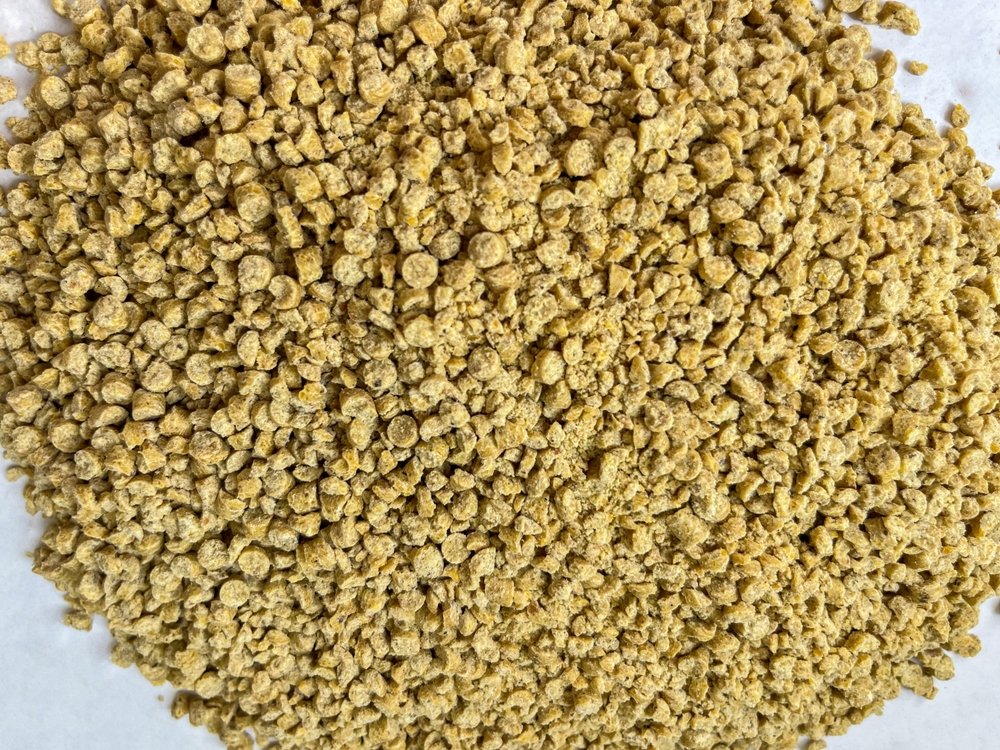



How to switch to environmentally friendly cat litter
Much of this depends on your cat and what you are looking for in a litter. Still, here is a general guide:
1. Make it gradually
Cats are not fans of change, especially when it comes to their food and litter. The best way to introduce new litter is to make it slow and gradually.
Mix a small amount of the new litter with their ordinary litter. In the first week, aim for approx. 20% new litter to 80% old. In the second week, make 40% new litter to 60% old, and so on until your cat only uses the new litter.
While making this transition, place the new litter on the bottom with the old litter on top.
2. Avoid too much change at once
Do not introduce your cat to new litter if other things are already going on in the household. For example, if you change litter because you get another cat, it is not a good idea to change your old cat’s litter. They already want to do with the stress of the new cat.
Do not consider making a change if something else is going on, as if you are moving, getting a new baby or doing renovations.
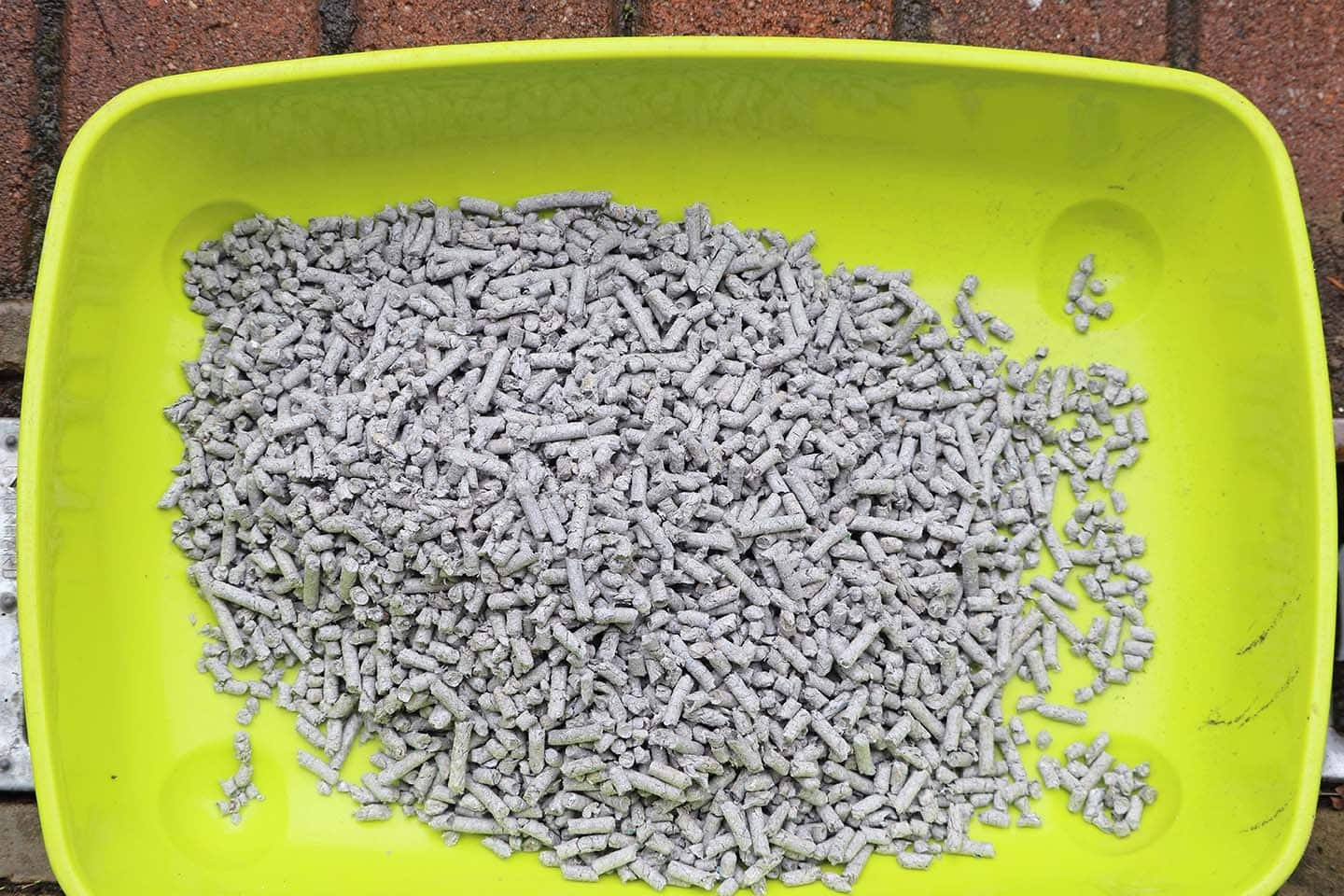

3. Create more than one cold box
If your cat seems reluctant to use the new litter, you may want to consider creating another litter box with another new litter. You can do this with more than two if desired.
For example, you can put a litter box down with walnut, another with pine and a third with bamboo wool. This gives your cat more new litters to choose from and can help you find out the litter they like the most.
4. Make it well known
Cats will also have preferences on this type of litter box, for example, they may not be used to a covered or self -cleaning box. Keep the type of litter box consistent and the location the same as you switch to new cat litter. Generally, cats prefer to use box boxes that are clean, easy to access and feel ‘safe’. Avoid placing boxes in noisy areas and put them away from their food and water bowls.
5. Reward your cat
If your cat is still reluctant, give them a treat or praise when using the new litter. Like almost all animals, cat food is motivated, so it can motivate them to give them a high value when using the litter that can motivate them to continue using it.
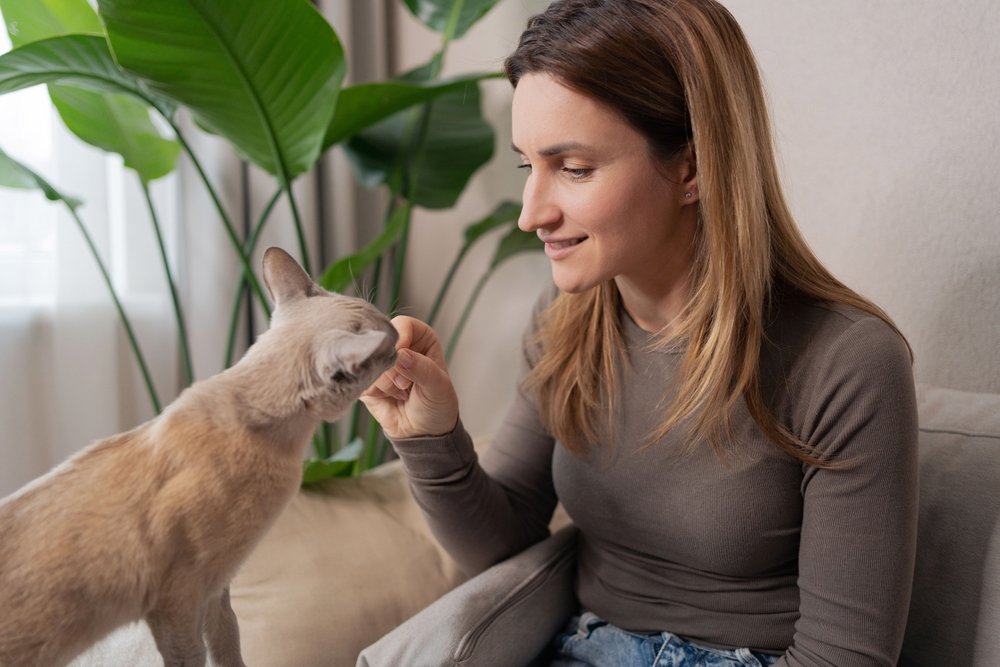

6. Keep trying
So many things about cat litter can expose your cat, texture and smell are the biggest factors. If you try a litter and your cat will pee on the floor rather than walk in the litter box, get a new one.
Trying more box boxes can come along well, but it means spending a lot of money for all the different litters. Choose the smallest or cheapest boxes/bags possible. If your cat regularly goes to the bathroom outside their cold box or there are other changes in their behavior, get them checked out of your veterinarian to make sure there are no underlying medical problems to be addressed.
💛 😺 Talk to a veterinarian online from the comfort of your sofa!


If you need to talk to a veterinarian but can’t get to one, go over to Pangovet. It’s an online service where you can Talk to a veterinarian online And get the personal advice you need for your pet – all at an affordable price!


What is environmentally friendly cat litter made of?
There are plenty of environmentally friendly cat litter available from a whole range of materials! When choosing, make sure you take into account the allergies you or your cat may have. The following are all available as cat litter and each one has its advantages and disadvantages:
- Bamboo: Bamboo is not the most common of natural cat sand, but it is absorbing and decent by odor control. However, the clumps tend to fall apart.
- Coconut: Coconut Remember makes a good cat sand. It can be lumpy or non-lumpy and it is light and completely biodegradable. But it can be messy and hard to find for purchases.
- Corn: Corn Cat litter has been around for a while. It can clump itself and is light, almost dust -free and often flushed. However, it is not always the best thing about odor control.
- Grass seeds: Grass seed lumps are almost dust-free and are soft on the paws, but tends to trace.
- Paper: Recycled paper can be lumpy or non-lumpy, absorbent and dust-free. But odor control can be a problem.
- Pine: Pine litter is a biodegradable cat litter that has been around for a while. It can be lumpy or non-lumpy and doesn’t track too badly, but it is not always good with odor control.
- Tofu: ‘Tofu litter’, made from soybean by -products, is dust -free, lumps, does not spur and reduces bad odor. However, the lumps do not always remain together and can get a little mushy.
- Walnut: Walnut cat litter is made of the fibrous material found inside walnut shells. It reduces bad odor and is absorbing and dust -free. However, it tends to trace a good bit and lump does not always well.
- Wheat: Wheat cat is often littered flushed and good for clumping, but it can be quite dusty.
- Wood: Wood Cat litter is made of different kinds of wood, so there are many options.
Even the best cat litter can quickly start to smell bad. To avoid expenses and disadvantages of constantly replacing your litter, you can try a good litter additive as Hepper’s Advanced Bio-Enzyme Cat Litter DeodorizerA natural product that uses bio-enzymes to neutralize odor.
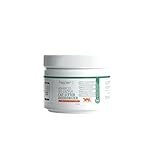

HEPTER ADVANCED BIO-ENZYM CAT LITER DEODORIZER POWDER
- Bio enzymatic cat litter refreshes – Smart formulation uses natural ingredients that eliminate cat …
- SAVE MONEY – Things for cats are not the cheapest. With this mitts of the litter box Eliminator, you will …
- Every litter, each surface – are you afraid that this additive is not working on your litter? Don’t fear! …
This Deodorizer works on all types of litter and does not interfere with your cat’s cash register habits.
At Catster we have been admiring cheer for many years and decided to take a controlling stake so we could take advantage of the excellent design of this cool cat company!
What to look for in an environmentally friendly cat sand
Domestic cats originate from wildcats that live in a desert environment, so they tend to prefer a truth -like structure in their litter.
When you shop for an environmentally friendly litter, consider the texture and scent of it for your cat. But you also need something that you can work with, as some are more complicated to handle than others. Many of these kinds of cat litter will not clump as well as clay or silica, so you will have to weigh what is more important to you.
Read reviews (three-star reviews make a good balance between negative and positive) and look for the most important aspects that can do or break a litter: dust, tracking, lumping and odor control.
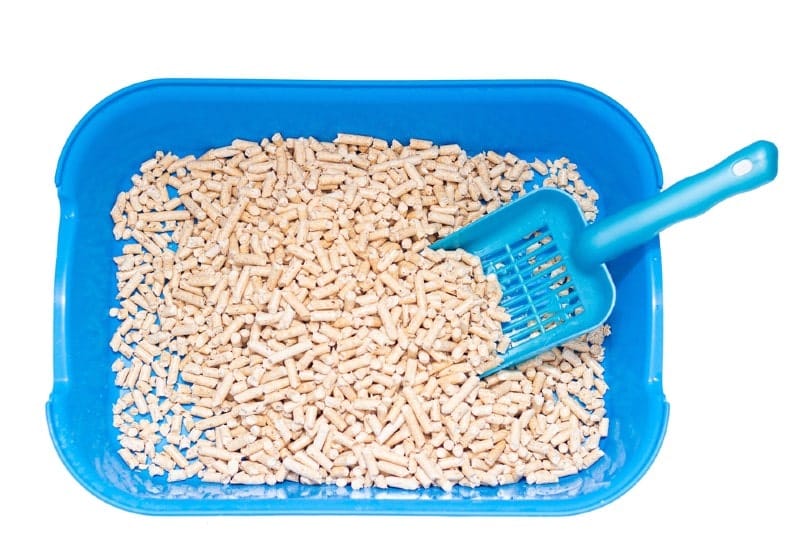



What’s wrong with traditional cat litter?
Traditional clay
Clay is the most popular cat litter and has been around the longest. It is known for its ability to absorb and keep fluid and provide good odor control.
But traditional clay does not clump together so it needs frequent shifts; Typically, the entire litter box needs to be dumped, cleaned and refilled once a week.
Bentonit Clay
Sodium bentonite is what makes traditional litter clump. In fact, it can rise to 15 times its size. Lumpy litter is quite popular, especially because it is easy to clean. However, there has been concern that the dust from the sodium bentonite was inhaled and caused to breathe problems. If ingestion the clay can cause severe gastrointestinal problems when it swells up. The clay often used is also obtained from strip mining, which is devastating to the environment.
It is up to every cat owner to weigh what is best for their cat and talk to their veterinarian regarding their concerns.
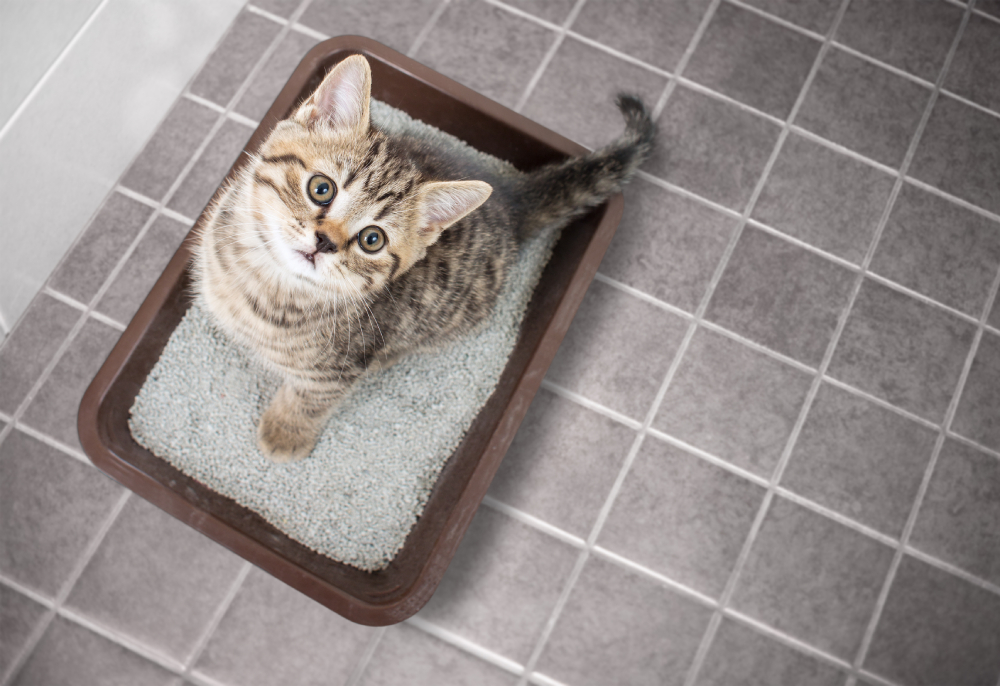

Silica
Silicagel is the crystallized cat litter, which is also quite popular. It is absorbing and provides good odor control and is long lasting. There have been no major studies of the potential risks, but so far it is considered safe unless they are taken.
It is made with silicone dioxide, which is a natural material that is formed into small beads. Although generally considered safe, some silica -litter is rough in texture and many cats do not like how it feels on their paws. It is also not biodegradable, and since Silica is derived from quartz, mining is needed to achieve it.


Conclusion
Changing your cat’s litter can go incredibly well or it may end up taking a great deal of your time and patience before your cat is adjusted.
Since litter is such an integral part of the cat ownership, your cat should be okay with their litter. Once you’ve settled on a new litter, be sure to read the instructions in the best way to use it.
There is no doubt that you will have to go through a bit of trial and mistake when switching to an environmentally friendly cat litter, but if you are done right, you have a slightly smaller carbon print and hopefully a happier cat.
Highlighted Image Credit: LightSpruch, Shutterstock
